Located in the southern state of Tamil Nadu, Cauvery North Wildlife Sanctuary is a well-known destination for nature lovers and wildlife enthusiasts. This sanctuary spans across the Krishnagiri and Dharmapuri districts and is home to various flora and fauna. It is particularly famous for elephants, deer, leopards, and several bird species. The sanctuary also offers adventure activities like trekking and river rafting, making it a great place for a weekend getaway.
Location
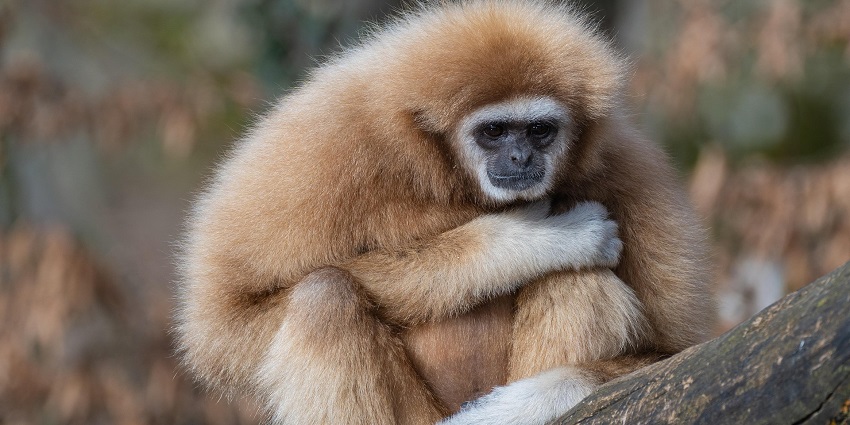
Photo: ChiemSeherin / Pixabay / Image For Representation Only
It is located in the Krishnagiri and Dharmapuri districts of Tamil Nadu, along the banks of the Cauvery River. The sanctuary covers around 500 sq. km and is part of the larger Cauvery Wildlife Sanctuary. The area is rich in biodiversity, with dense forests, riverine ecosystems, and grasslands supporting various wildlife species. It is a well-preserved natural habitat and an essential ecological zone in South India.
How To Reach
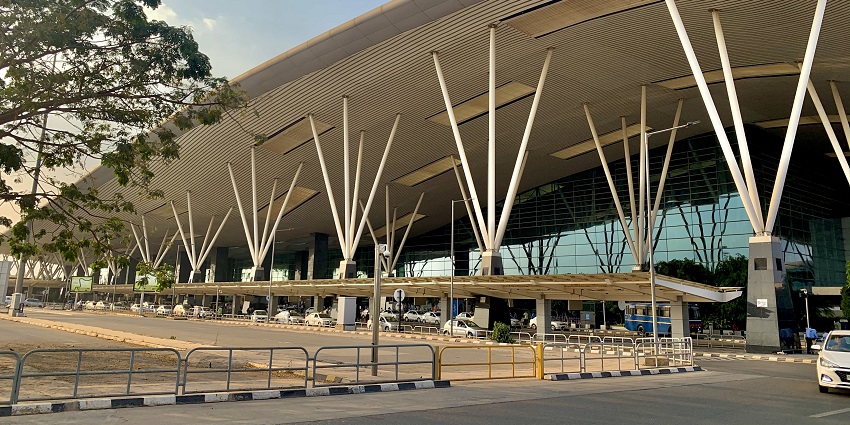
Photo: Ank Kumar / Wikimedia Commons
By Air: The nearest airport is Kempegowda International Airport, Bangalore, around 140 km away. You can hire a taxi or take a bus from the airport to reach the sanctuary.
By Road: Several government and private buses operate from Bangalore, Chennai, and other nearby cities to this sanctuary. You can take a bus to Krishnagiri or Dharmapuri and hire a local taxi.
By Rail: The nearest railway stations are Dharmapuri Railway Station (50 km) and Krishnagiri Railway Station (60 km). You can hire a cab from these stations or take a local bus to the sanctuary.
Places To Visit Around Cauvery North Wildlife Sanctuary
Here are some places to explore near the Cauvery North Wildlife Sanctuary, offering unique experiences that complement your visit:
1. Hogenakkal Falls
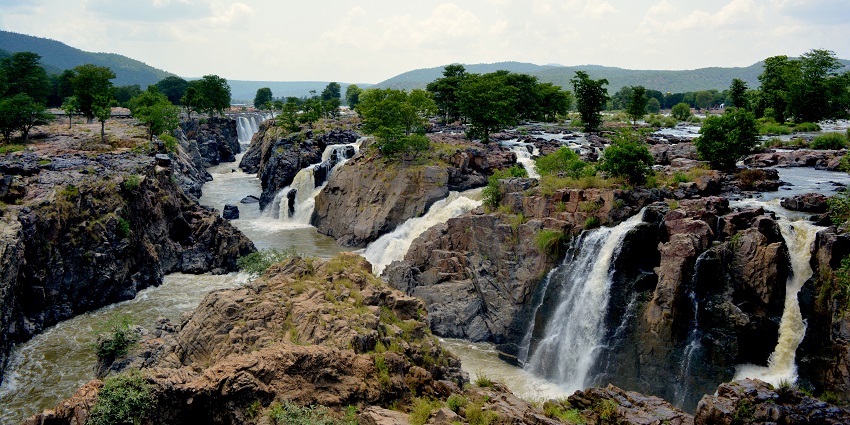
Photo: Mukesh Barnwal / Wikimedia Commons
Hogenakkal Falls is famous for its unique rock formations and strong water currents. The waterfall is on the Cauvery River, where the water flows through narrow passages between rocks, creating a loud roaring sound. People often come here for coracle rides, a local round boat experience that takes them close to the falls. The water is believed to have medicinal properties due to the minerals from the surrounding hills. Many locals depend on fishing and tourism for their livelihood. Visitors can also try fresh fish dishes from nearby stalls.
Timings: 24*7
Entry Fee: Free (Boat rides are chargeable)
2. Krishnagiri Dam
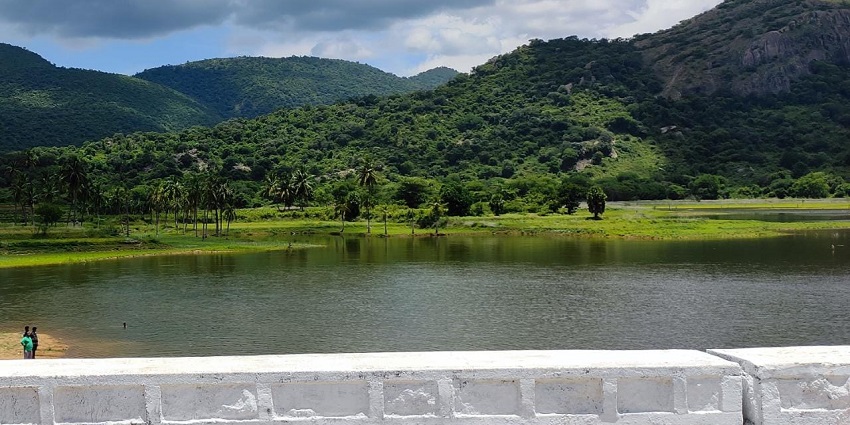
Photo: Nandhiniraji / Wikimedia Commons
Krishnagiri Dam is an important water reservoir built across the Thenpennai River. It provides water for irrigation and drinking purposes to nearby villages and towns. The dam is surrounded by small hills and green areas, making it popular for boating and walking along the water. Families often visit for picnics, while bird watchers come to see migratory birds. The place also has a small garden with benches where visitors can relax. It plays a crucial role in the local economy by supporting agriculture and fisheries in the region.
Timings: 9 AM – 6 PM
Entry Fee: Free
3. Theerthamalai Temple
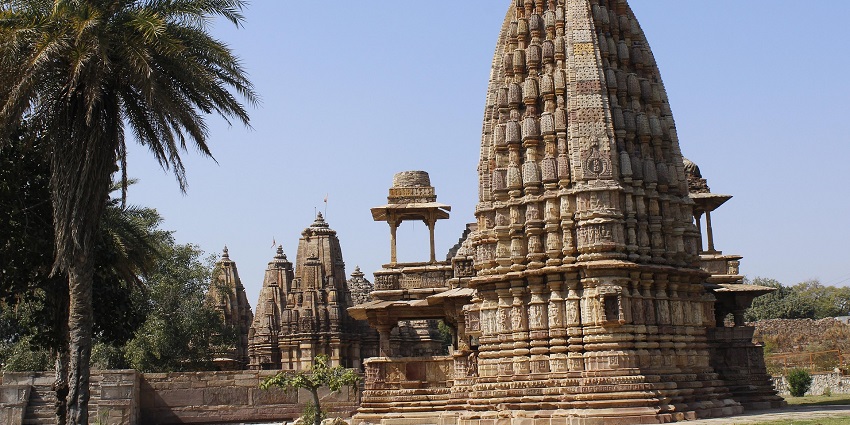
Photo: htoindia / Pixabay / Image For Representation Only
Theerthamalai Temple is dedicated to Lord Shiva. It is an ancient temple, believed to be over 1,000 years old. According to legends, Lord Rama visited this place and prayed here after defeating Ravana. Pilgrims visit to bathe in the temple’s sacred spring, as the water is believed to wash away sins. The temple is on a hill, and visitors must climb steps to reach it. The view from the top allows people to see the surrounding areas. Festivals like Maha Shivaratri attract a large number of devotees every year.
Timings: 6 AM – 7 PM
Entry Fee: Free
4. Dharmapuri District Museum
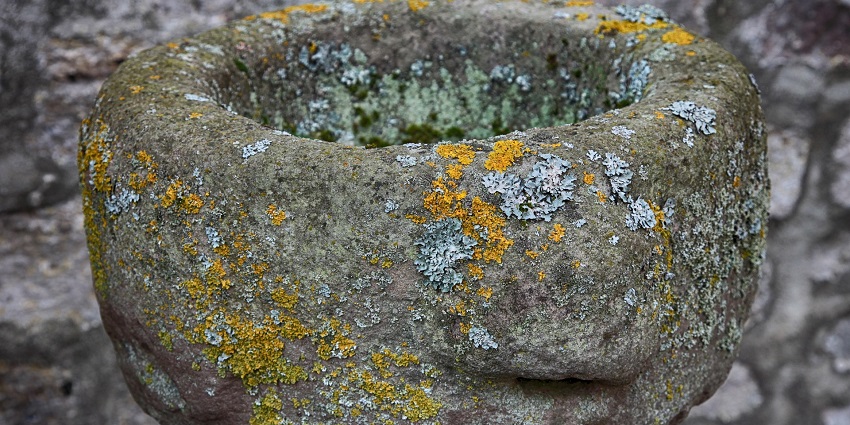
Photo: Momentmal / Pixabay / Image For Representation Only
Dharmapuri District Museum has a collection of ancient artefacts, stone sculptures, and coins. It helps visitors understand the history and culture of Tamil Nadu. The museum displays items from different time periods, including objects used by the Chola and Vijayanagara dynasties. There are old stone carvings and metal statues that show the artistic skills of past generations. Schools often bring students here for educational trips. The museum also has sections on tribal life and local traditions, helping people learn about the lifestyle of communities living in this region.
Timings: 10 AM – 5 PM (Closed on Mondays)
Entry Fee: ₹10 per person
Where To Stay

Photo: Pixabay / Pexels / Image For Representation Only
There are a few forest lodges and guest houses available inside Cauvery North Wildlife Sanctuary. You can also find hotels and resorts in Krishnagiri and Dharmapuri. Budget, mid-range, and luxury accommodation options are available. It is advisable to book in advance, especially during peak seasons. Some eco-lodges near the sanctuary offer a unique stay experience amidst nature.
Where To Eat

Photo: Jack Baghel / Pexels / Image For Representation Only
There are limited food options inside Cauvery North Wildlife Sanctuary, so it is recommended to carry snacks and water. However, in Krishnagiri and Dharmapuri, local restaurants serve South Indian meals, dosas, idlis and biryanis. Some hotels also offer multi-cuisine options. Roadside eateries and small food stalls serve traditional Tamil Nadu dishes at affordable prices.
Best Time To Visit
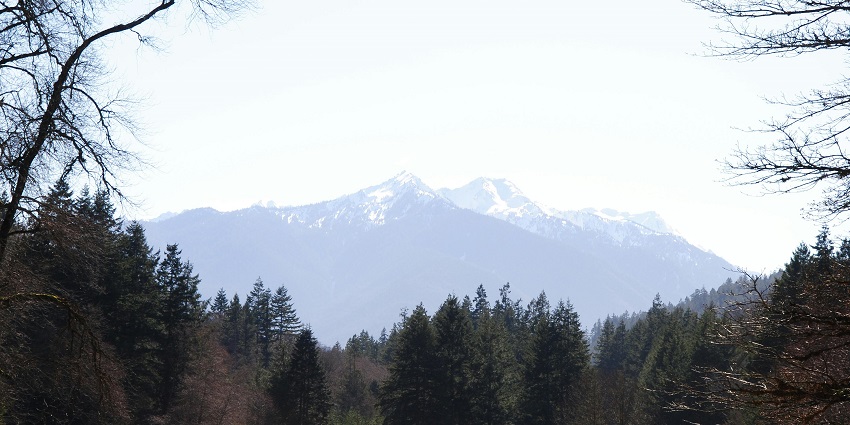
Photo: Peter Snyder / Pexels / Image For Representation Only
The best time to visit Cauvery North Wildlife Sanctuary is from October to March. At this time, the weather is pleasant, and wildlife sightings are more frequent. Summers can be extremely hot, and monsoons bring heavy rainfall, making exploring difficult. Winter is ideal for outdoor activities like trekking, birdwatching, and wildlife safaris.
Other Factors To Consider
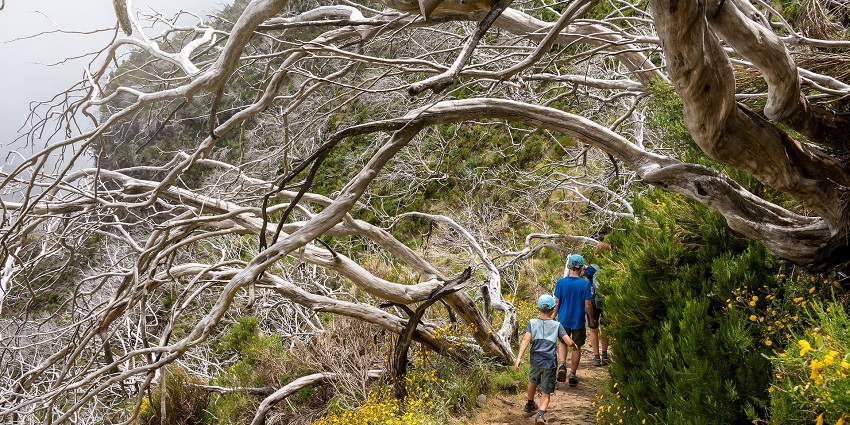
Photo: pixelRaw / Pixabay / Image For Representation Only
Average Cost Of The Trip
The trip cost to Cauvery North Wildlife Sanctuary depends on the mode of transport, accommodation and activities. A budget trip can cost around ₹3,000 – ₹5,000 per person for a two day visit. A luxury stay with guided tours can go up to ₹10,000 or more. Entry fees, food, and transportation should be planned accordingly.
Tips For Travellers
- Carry sufficient water and snacks, as the sanctuary has limited food options.
- Wear comfortable clothes and shoes suitable for trekking and wildlife exploration.
- Follow the rules and regulations of the sanctuary to ensure safety and conservation of wildlife.
- Do not litter or disturb animals while exploring the sanctuary.
- Carry a camera to capture photos at Cauvery North Wildlife Sanctuary, but avoid using flash photography.
- Book accommodation in advance, especially during peak travel seasons.
Cauvery North Wildlife Sanctuary is a great destination for wildlife lovers and adventure seekers. With its diverse flora and fauna, it offers a perfect getaway for those looking to explore nature. Plan your trip and check for the entry fee, timings and other details before visiting. If you are ready to explore, book your trip with TripXL for the best travel experience.
Cover Photo: Srikaanth Sekar / Wikimedia Commons / Image For Representation Only


 WhatsApp
WhatsApp
 Twitter
Twitter









